The superhero genre has become remarkably overcrowded over the last 15 years. The Marvel Cinematic Universe and Christopher Nolan-led redefining of the genre in the late 2000s and early 2010s paved the way for an era of Hollywood dominated by movie characters in capes and villains with world-ending plans. Whether that era is still going is up for debate, but it led to a few years there — roughly 2014-2023 — where superhero movies and TV shows genuinely felt like they were everywhere, and sometimes to a suffocating degree. That doesn’t mean, however, that certain superhero films haven’t fallen through the cracks here and there over the past 10 years.
Disney's Big Hero 6 - Official US Trailer 1
That seems, at least, to be the fate that has befallen Big Hero 6. Loosely inspired by the Marvel Comics superhero team of the same name, the animated Disney film received largely positive reactions from both critics and casual viewers alike when it hit theaters in 2014 and it grossed over $650 million at the worldwide box office. On top of all of that, it went on to win the Oscar for Best Animated Feature in 2015. Big Hero 6 nonetheless ranks as the most underrated superhero film of the modern era — a vibrant piece of comic-book-inspired storytelling that is oft-forgotten by fans of its genre and which strangely hasn’t received the big-screen sequel it deserves.
A superhero-sized coming-of-age story
 Walt Disney Studios Motion Pictures
Walt Disney Studios Motion PicturesAt the center of Big Hero 6 is Hiro Hamada (Ryan Potter), a 14-year-old inventor who regularly wastes his scientific brilliance hustling his way through underground, illegal robot fights. He is convinced to use his gifts for the greater good by his kind and caring older brother, Tadashi (Daniel Henney), but Hiro’s attempt to get into the same technological institute his brother attends is interrupted by a fire that tragically claims Tadashi’s life. Lost in his grief, Hiro accidentally awakens Baymax (Scott Adsit), an inflatable medical robot invented by Tadashi before his death. Hiro quickly forms a friendship with Baymax, whom he equips with martial arts skills, armor, and jets that turn him into the ultimate crime-fighting partner.
When Hiro discovers that one of his inventions is being used by a masked villain known as Yokai, he teams up with Tadashi’s former classmates, Fred (T.J. Miller), Go Go (Jamie Chung), Wasabi (Damon Wayans Jr.), and Honey Lemon (Genesis Rodriguez), to combat the criminal and protect their futuristic home of San Fransokyo. While his high-flying adventures with Baymax provide him with plenty of escapist fun, though, it isn’t long before Hiro is forced to not only confront his lingering grief over Tadashi’s death but also contend with his own, simplistic view of the world. A surprising twist in Big Hero 6‘s third act paves the way for the film to emerge as a superhero-sized coming-of-age story — one in which grief manifests in ways both horrifying and beautiful, and Hiro discovers how the things we create can honor the ones we love and also help us let go of them.
A comic book movie about community, care, and embracing life
#BaymaxFistBump - Big Hero 6 Clip
Like many of Disney’s best animated films, Big Hero 6‘s story is deeply rooted in loss. Tadashi’s death isn’t the inciting incident of his brother’s story, though. Hiro’s journey instead begins when Tadashi convinces him to pursue a different path defined not by violence and money but healing and community. This is a slight but important distinction. When Tadashi dies, Hiro instinctively wishes to retreat back into a life of solitude, but it’s through his friendships with Baymax and Tadashi’s classmates that he finds his way back to the road his brother wanted him on. Grief, in other words, is not the driving emotion of Big Hero 6, but the obstacle that its protagonist must overcome in order to become the best possible version of himself.
 Walt Disney Studios Motion Pictures
Walt Disney Studios Motion PicturesFor this reason, Big Hero 6 stands as a fascinating counter to many other, more popular superhero stories. It is not a film in which its heroes are driven by pain or one where superheroism is viewed as a vessel for vengeance. In fact, Hiro’s one showing of the same kind of pure, destructive force that so many superhero movies indulge in is rightly portrayed near the end of Big Hero 6‘s second half as a dark display of terrifying, immature emotion. That’s because Big Hero 6 is not ultimately a comic book movie about grief or destruction, but is about embracing life and caring for both ourselves and others. Baymax may be able to hold his own in a fight thanks to Hiro’s modifications, but his overriding purpose is to help the world by healing those within it who are in pain, and it’s because of this that he stands as Big Hero 6′s squishy, inflatable guiding light.
A colorful adventure brimming with heart
 Walt Disney Studios Motion Pictures
Walt Disney Studios Motion PicturesIn the 10 years since Big Hero 6 hit theaters, it has been followed only by a pair of spinoff TV shows and a series of Baymax-centric shorts called Baymax Dreams. A feature film follow-up still has not come, and it doesn’t seem like Disney and Marvel have any plans to make one anytime soon, either. That may be due to the shockingly small cultural footprint that Big Hero 6 has left over the last 10 years. The film has its fair share of fans, but it isn’t often brought up in conversation these days, which is a shame considering it is one of the highlights of Marvel and Disney’s 2010s superhero offerings.
It is an imaginative sci-fi adventure that — thanks to its animated form — is able to tap into the kind of outsized, colorful thrills of the comic book medium better than most live-action superhero movies. While it isn’t afraid to dive deep into the darkest parts of its story, Big Hero 6 is also brimming with heart, joy, and compassion. It floats effortlessly across its 102 minutes — enveloping viewers in its playful spirit and creating a desire to spend as much time as possible in the visually striking, immaculately well-designed world of San Fransokyo.
Big Hero 6 Baymax Comforts Hiro
Disney and Marvel, unfortunately, haven’t given viewers nearly enough chances over the last decade to return to Big Hero 6‘s inviting fictional city. That’s a shame. The film isn’t just one of its genre’s most underrated entries. With its eye-popping visuals, adrenaline-pumping action, and moving themes of community and personal growth, it also feels like one of the purest examples of what a comic book movie can — and arguably should — be that Hollywood has ever produced.
Big Hero 6 is streaming now on Disney+.

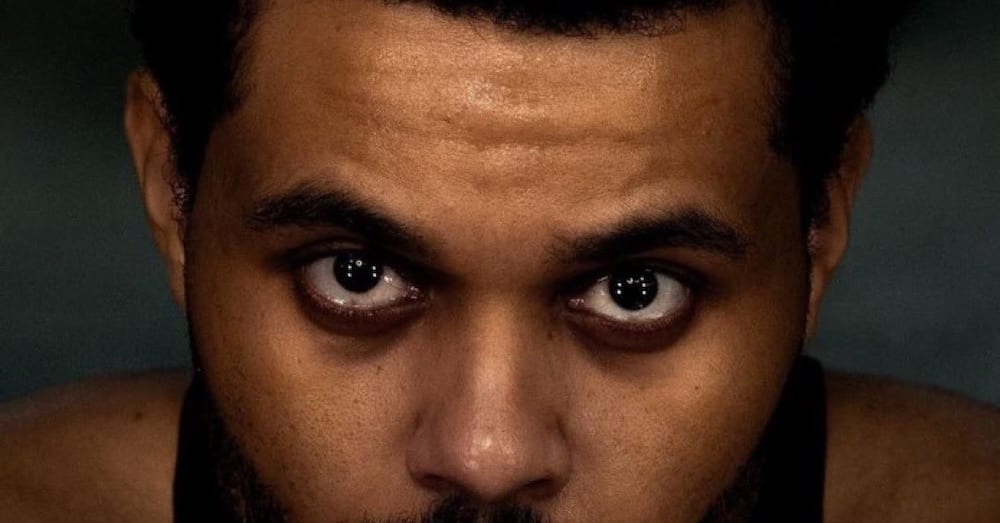
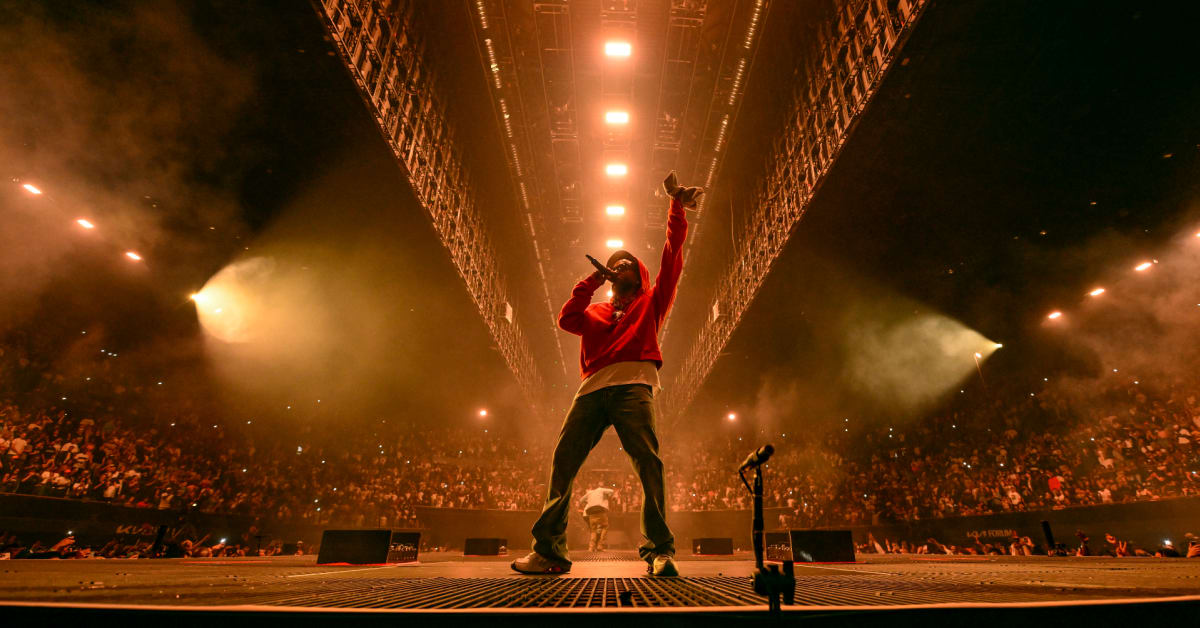






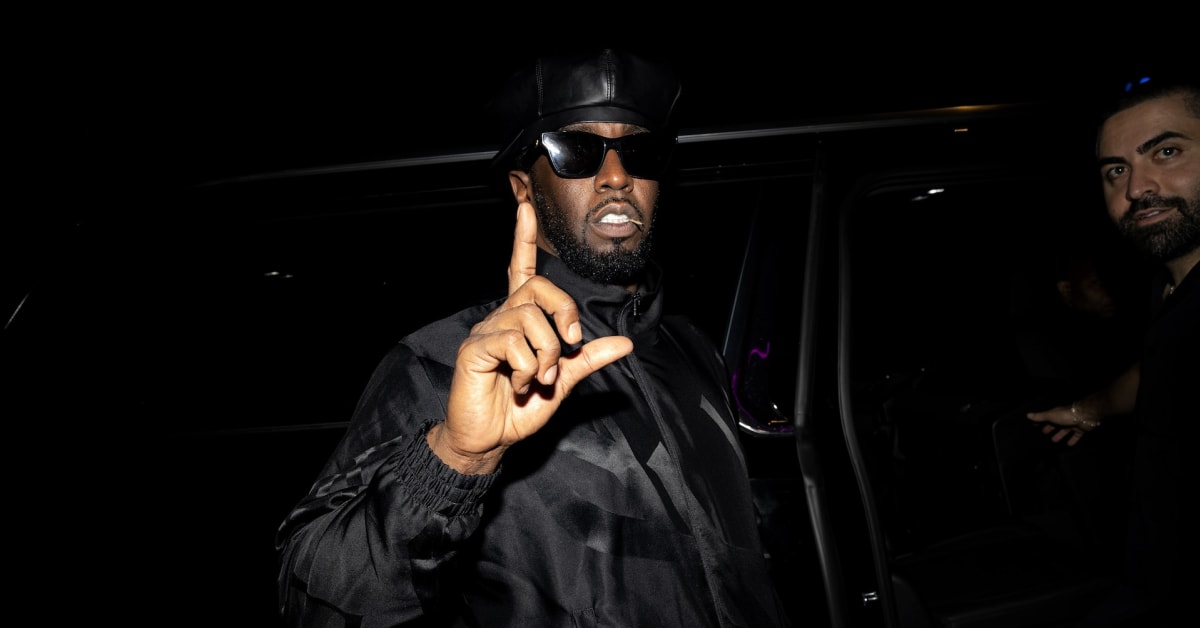


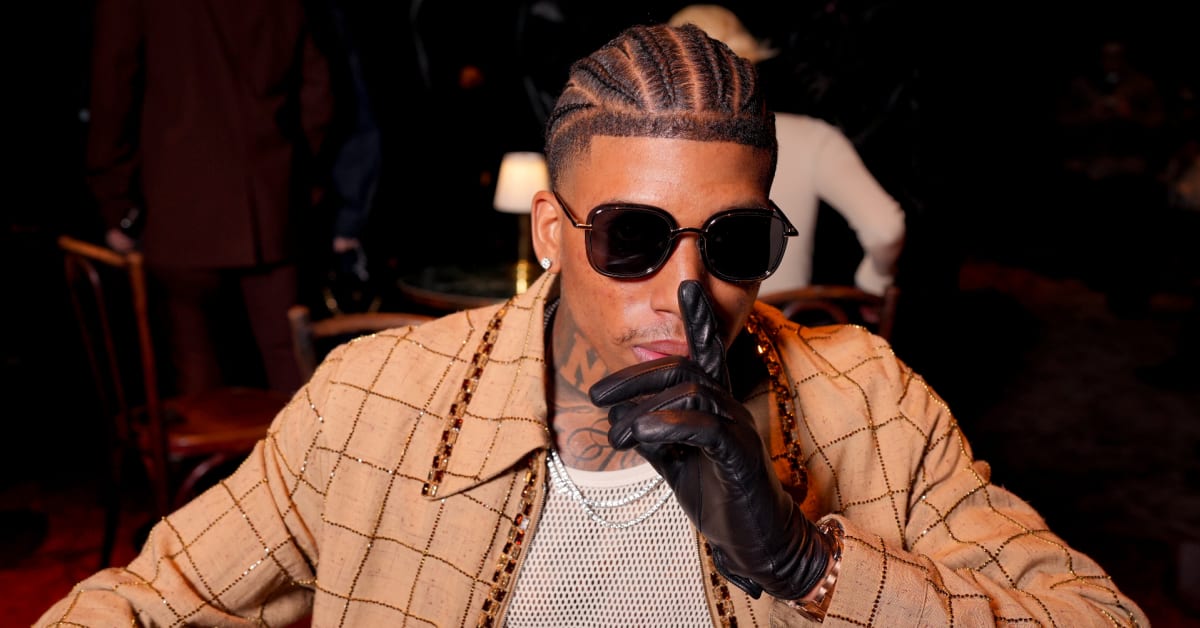





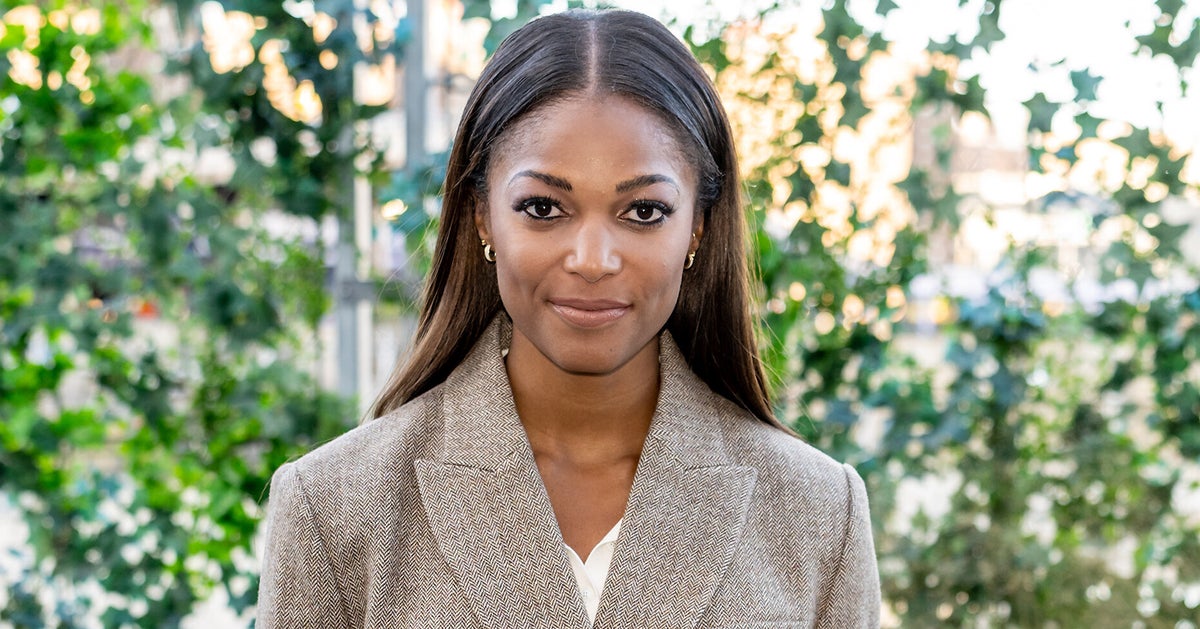

 English (US) ·
English (US) ·